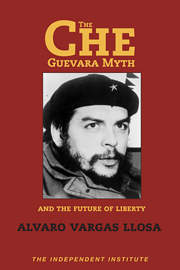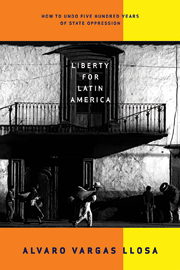WASHINGTON—A few months ago, Brazil was happy to let Hugo Chavez wreck the Free Trade Area of the Americas pact (FTAA) promoted by the United States and some Latin American countries. Chavez is now wrecking Brazil’s own plan for South American integration (ultimately compatible with the FTAA) and replacing it with Bolivarian megalomania. Brazilian President Luiz Inacio Lula da Silva’s reaction has been to display a mind-boggling lack of leadership.
In 1999, Brazilian statesman Roberto de Oliveira Campos said that Russia and Brazil were similar in that Russia was a superpower that discovered it was a Third World nation while Brazil was “an emerging power that never emerges.” President Lula could turn Brazil into “an emerging nation that submerges” if he doesn’t heed his constituents, who are clamoring for him to step up to the plate.
Until Chavez messed things up, Brazil’s plan—inspired by the Baron of Rio Branco, the statesman who settled his nation’s borders a century ago without a single war—was to unite the Atlantic and the Pacific (to which Brazil has no direct access) through a South American Community of Nations vaguely mirroring the European Union. The plan includes building about $50 billion worth of infrastructure funded by the Brazilian Development Bank. A number of corridors uniting the two coasts would pass through Bolivia, located between the Atlantic and the Pacific extremes. That is one reason (another is the dependency of Sao Paulo’s electricity on Bolivian natural gas) why Brazil has a big presence in Bolivia’s economy.
However, Bolivian President Evo Morales recently nationalized his country’s hydrocarbons in a move directly orchestrated by Chavez. Petrobras, Brazil’s energy giant and a big investor with $2 billion worth of assets in Bolivia, was the most important victim. Three days before, Chavez, Morales and Fidel Castro had signed a trade pact as part of the Bolivarian Alternative for the Americas (ALBA) that Chavez is pushing as a counter to free markets (it consists so far of Venezuela selling cheap diesel fuel to Bolivia in exchange for soybeans).
This was a slap in the face of Brazil’s integrationist plans. Brazil had recently invited Venezuela to participate in the South American Common Market, the nucleus around which Brazil’s plan for further South American integration revolves. To make matters worse, Chavez has been getting close to Argentina—a country run by another populist president—through the purchase of that nation’s sovereign bonds, knowing full well that Buenos Aires is in a permanent state of tension with Brazil simply because Brazil has gotten its economy relatively in shape and has a trade surplus with Argentina.
The man to stop Chavez is not President Bush, who would only play into the Venezuelan’s hands if he took him on, but Lula, who comes from the left, is a major player in the region (his country accounts for half of South America’s GDP) and is under direct challenge from Caracas. There is currently a battle for the soul of Latin America’s left, like the one that took place in Europe in the 1980s. The “vegetarian” left is somewhat sympathetic to free markets and believes in democracy. The “carnivorous” left promotes populist, authoritarian regimes. Lula is the natural leader of the vegetarians. Chavez has replaced Castro as the leader of the carnivores. In between, a number of small nations need Brazilian leadership in order to better resist the siren song of Chavez’s petro-diplomacy.
Brazil’s integration plan is a desirable goal, but the absence of Brazilian leadership means Chavez’s plan is the only one standing. A few weeks ago, President Lula told me, “I want to make it clear that I do not have any type of ideological resistance against FTAA. I have explained the Brazilian position to President Bush and he has understood it. What is important today is to unblock negotiations at the World Trade Organization.” So why is Chavez’s “alternative” to hemisphere-wide free trade the only plan visible in South America?
I recently took up these matters with a number of Brazilians in Sao Paulo. The best observation I came across was made by Rubens Barbosa, a former Brazilian ambassador to the U.S.: “Chavez’s nationalist populism means his actions are at the roots of the current process of disintegration. ... The logic of South American integration was always, from Brazil’s point of view, the Brazil-Buenos Aires axis. Today, we see the Venezuela-Buenos Aires axis consolidating itself. The last 20 years of diplomacy have been affected.”












